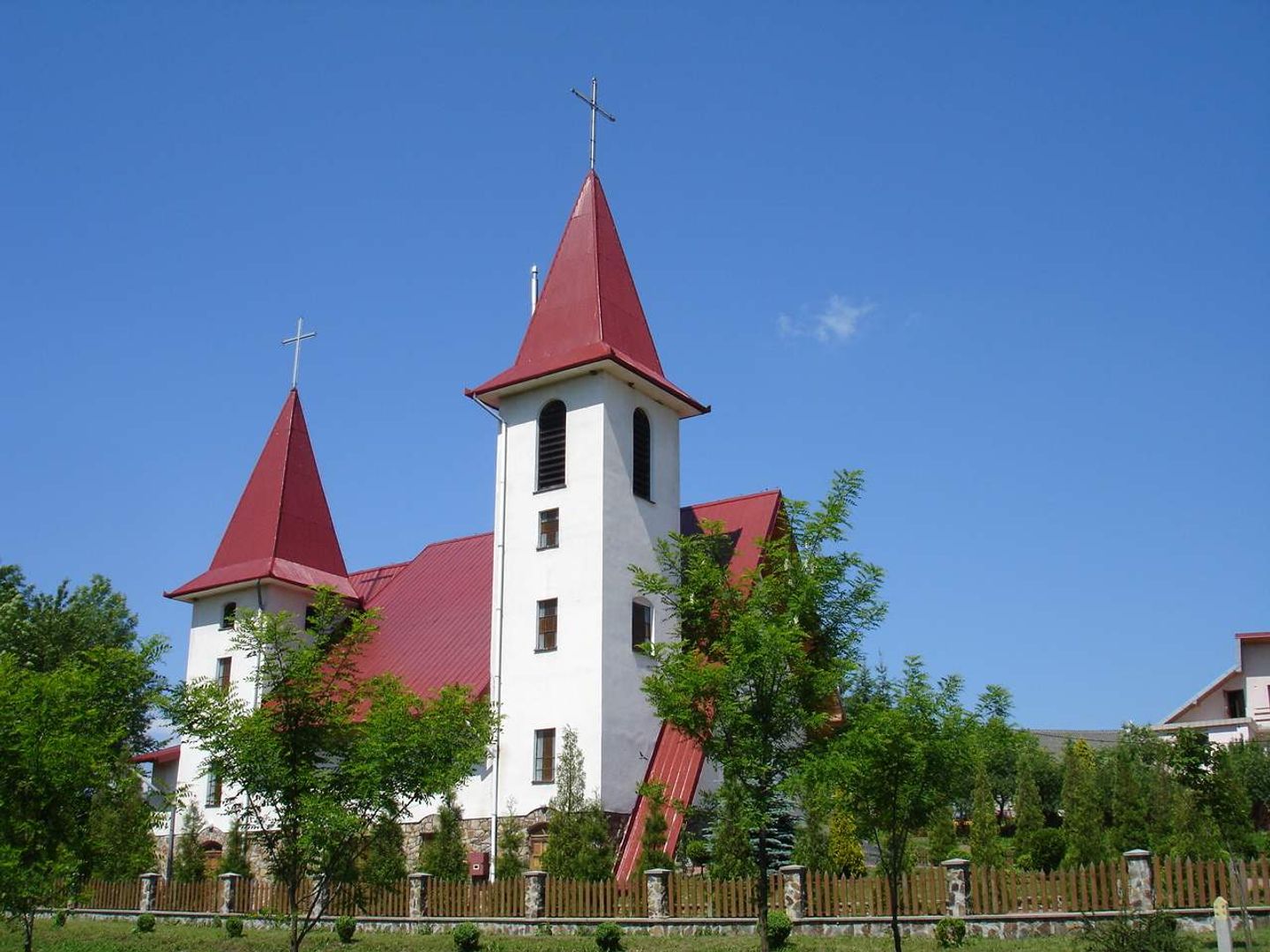Wola Sękowa
6.06

Overview
Wola Sękowa is a village in the Podkarpackie Voivodeship, located in the Bukowsko municipality, on the Pielnica stream. Its history dates back to 1493, and its former names were Trębowla and Schąkowa. The village was established under Wallachian law, and its successive owners included the Bal de Lobetanz and Stan families, followed by the Wiktor noble family, who owned the local estate until 1947. Over the centuries, the village developed as a local center, with a Greek Catholic parish and a church that was demolished in 1952; the wood from its dismantling was used to build the People's House. Wola Sękowa was also known for its cultural life; in 1944, it hosted renowned artists, including Jan Kiepura. During World War II, the village suffered from fighting, and in 1946, its manor was burned down by the UPA. After the war, many changes were recorded in Wola Sękowa, including the displacement of the Ukrainian population. In 1984, to mark the centenary of the birth of the famous singer Adam Didur, a monument commemorating the artist was erected in Wola Sękowa. The village also has a rich cultural heritage, including a former Greek Catholic cemetery complex with a bell tower. Today, Wola Sękowa is home to a Folk High School, and the village is well-connected, located near provincial road no. 889 and close to national road no. 28. It is a place with a fascinating history that reflects the social and cultural changes in the region over the centuries.
Location
2025 Wizytor | All Rights Reserved